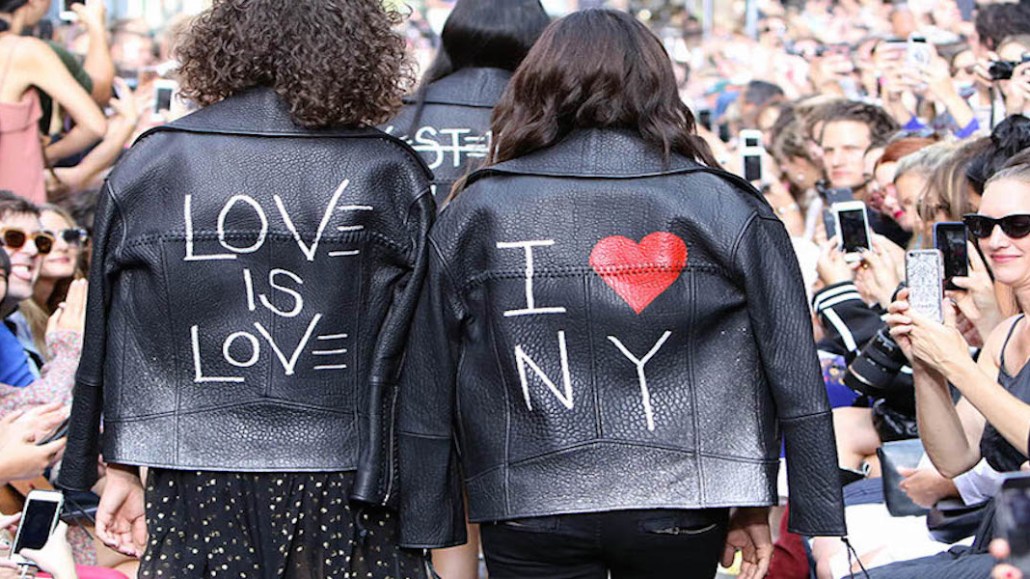Insights from CTV leaders at Dentsu, Horizon Media and more

Fashion designers have never had more freedom when deciding how to format their collection presentations.
The traditional fashion week format — a runway show at a main fashion week venue — is still the most common. Designers who hold a runway presentation at a sponsored venue, like the Skylight Clarkson Square, are often doing so out of necessity. These venues front the cost of set builds, lighting, production and backstage management, and for brands with tighter budgets, it’s the best way to avoid shelling out thousands of dollars. A typical fashion show is an investment of $10,000 and up for a brand.
“We’re venue agnostic,” said Mark Beckham, the business director of fashion weeks for the Council of Fashion Designers of America, which owns the official fashion calendar. “Designers have to figure out what’s in their budget, the look and feel of a show, and how to tailor it.”
More in Marketing

Creator marketing has the reach — CMOs want the rigor
The creator economy got big enough to be taken seriously.

Pitch deck: Why Google believes its latest AI Max product is a game changer for search campaigns
AI Max, which launched May and rolls out this summer, aims to provide advertisers with a “one-click feature suite” for search campaigns.

Retail media’s mid-2025 reality: Why advertisers are going all in on full-funnel
Retail media’s meteoric rise may finally be leveling off — and that’s forcing advertisers to take a harder look at what they’re getting for their money.








